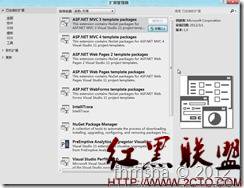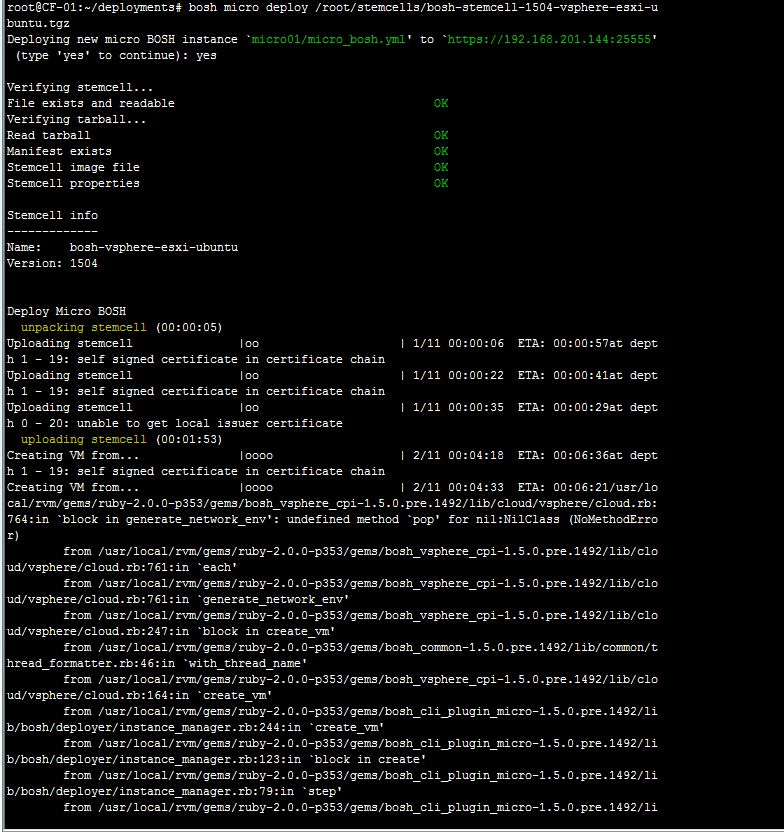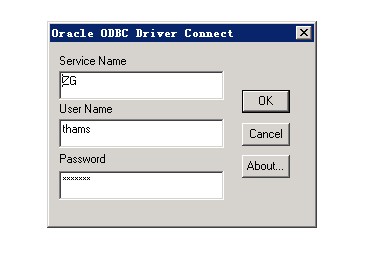IOS开发笔记(六)---对iOS多视图开发的初步了解
今天看了一下iOS开发中多个视图的应用.
iOS下包含了几种不同种类的视图类型和controller:比如Tab Bar ,Navigation Bar ,Tool Bar等.也可以自定义自己的视图的controller
程序中主窗口的视图控制器我们成为root controller,由它负责不同视图的切换等功能.
由root controller负责的视图都有自己的controller和delegate,比如一个tab bar,当用户在tab bar上点击的时候,是由tab bar的controller负责处理,而当用户在内容界面点击的时候,是由内容视图的controller负责处理的.
书中的例子很简单,点击tab bar中的按扭,在两个背景颜色(一蓝一黄)的视图中切换,两个视图中各有一个button
书中的例子建立的步骤如下:
1.建立一个Window base application ,没有view controller,只有一个window
2.添加视图文件
2.1 新建文件,选择cocoa touch下的UIViewController subclass 不使用xib文件(书中这里是xcode4.2以前的版本) 保存为SwitchViewController.h 和SwitchViewController.m.这就是root controller
2.2 按照步骤2.1,创建蓝,黄背景视图的类文件BlueViewController & YellowViewController
3.添加xib文件
3.1 选择cocoa touch下user inte易做图ce下的View XIB的文件
3.2 新建两个视图的xib文件,BlueView.xib & YellowView.xib
4.在AppDelegate中添加一个IBOutlet,
@property (nonatomic, retain) IBOutlet SwitchViewController *switchViewController;
5.为了将主视图SwitchViewController和Window关联,需要使用addSubview,添加了以下代码:
#import "View_SwitcherAppDelegate.h"
#import "SwitchViewController.h"
@implementation View_SwitcherAppDelegate
@synthesize window;
@synthesize switchViewController;
- (void) application:(UIApplication *)application
didFinishLaunchingWithOptions:(NSDictionary *)launchOptions{
// Override point for customization after application launch
[self.window addSubview:switchViewController.view];
[self.window makeKeyAndVisible];
return YES; //注:书中代码这样写的,返回YES 但是函数类型是void.经查SDK,发现函数类型是BOOL
}
- (void)dealloc {
[window release];
[switchViewController release];
[super dealloc];
}
6. 为了切换两个view,我们在SwitchViewController里添加两个View的指针,不定义IBOutlet,同时定义方法switchViews
#import <UIKit/UIKit.h>
@class YellowViewController;
@class BlueViewController;
@inte易做图ce SwitchViewController : UIViewController {
}
@property (retain, nonatomic) YellowViewController *yellowViewController;
@property (retain, nonatomic) BlueViewController *blueViewController;
- (IBAction)switchViews:(id)sender;
@end
7.代码架构好了,开始在IB中操作
7.1 在Library中拖动一个View Controller到Window上面
7.2 该View是UIViewController,在Identity Inspector中修改类名为UIViewController
7.3 新建Toolbar的View,拖放一个View到7.1添加的View上面,替换原有的View(注:为何是替换呢?)
7.4 拖动一个Toolbar到7.3新建的View中,选中Toolbar后,点击Button,链接到SwitchViewController的方法switchView中
8. 在IB中将AppDelegate中的IBOutlet switchViewController与类SwitchViewController链接
9. 修改SwitchViewController.m
主要就是从Nib加载ViewController,不用的释放Controller
刚开始只加载BlueView,因为YellowView可能用户不会选择,等到切换的时候才加载(Lazy Loading)
#import "SwitchViewController.h"
#import "YellowViewController.h"
#import "BlueViewController.h"
@implementation SwitchViewController
@synthesize yellowViewController;
@synthesize blueViewController;
- (void)viewDidLoad
{
BlueViewController *blueController = [[BlueViewController alloc]
initWithNibName:@"BlueView" bundle:nil];
self.blueViewController = blueController;
[self.view insertSubview:blueController.view atIndex:0];
[blueController release];
[super viewDidLoad];
}
- (IBAction)switchViews:(id)sender
{
if (self.yellowViewController.view.superview == nil)
{
if (self.yellowViewController == nil)
{
YellowViewController *yellowController =
[[YellowViewController alloc] initWithNibName:@"YellowView"
bundle:nil];
self.yellowViewController = yellowController;
[yellowController release];
}
[blueViewController.view removeFromSuperview];
[self.view insertSubview:yellowViewController.view atIndex:0];
}
else
{
if (self.blueViewController == nil)
{
BlueViewController *blueController =
[[BlueViewController alloc] initWithNibName:@"BlueView"
bundle:nil];
self.blueViewController = blueController;
[blueController release];
}
[yellowViewController.view removeFromSuperview];
[self.view insertSubview:blueViewController.view atIndex:0];
}
}
Releases the view if it doesn't have a superview
- (void)didReceiveMemoryWarning {
// Releases the view if it doesn't have a superview
[super didReceiveMemoryWarning];
// Release any cached data, images, etc, that aren't in use
if (self.blueViewController.view.superview == nil)
self.blueViewController = nil;
else
补充:综合编程 , 其他综合 ,




